Home>Ideas and Tips>How To Design A Low-Maintenance Container Garden
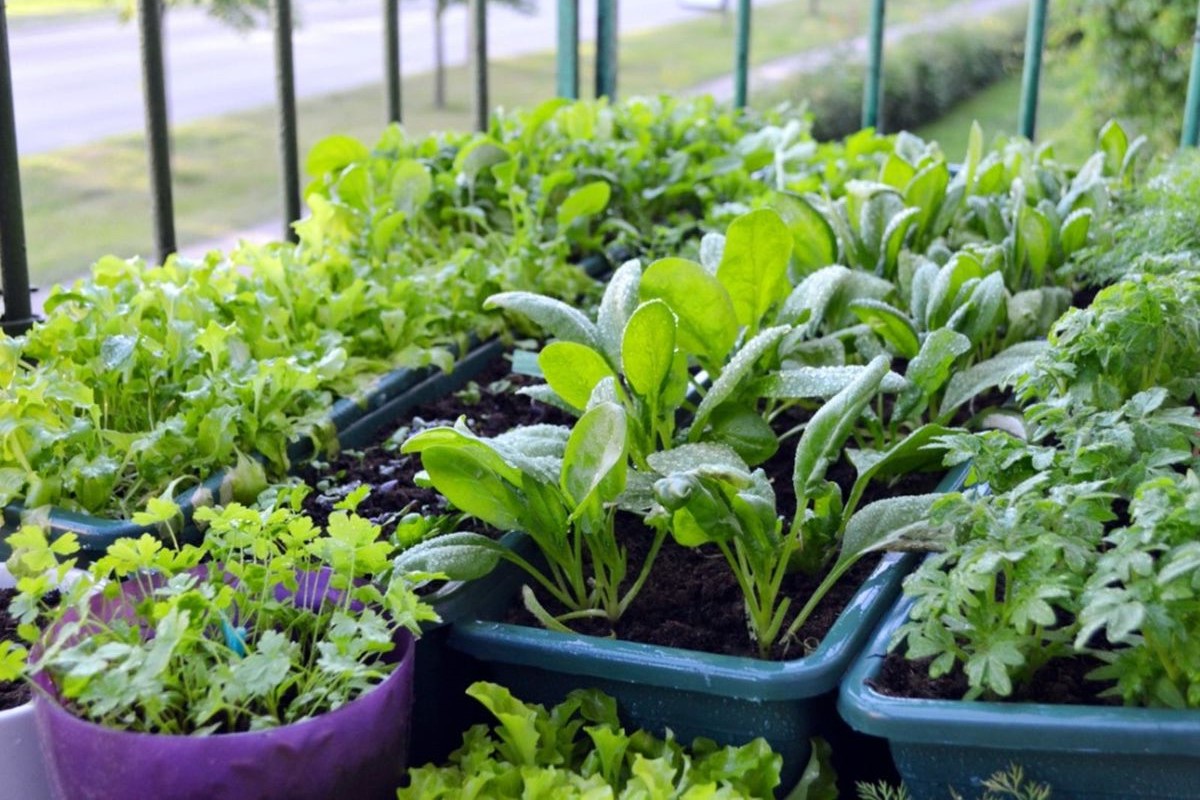

Ideas and Tips
How To Design A Low-Maintenance Container Garden
Modified: October 20, 2024
Learn how to design a stunning low-maintenance container garden with tips on plant selection, container choice, and easy care techniques.
(Many of the links in this article redirect to a specific reviewed product. Your purchase of these products through affiliate links helps to generate commission for Storables.com, at no extra cost. Learn more)
Creating a low-maintenance container garden is an excellent way to enjoy the beauty of plants without the high upkeep associated with traditional gardening. Whether you have limited space, busy schedules, or simply prefer the flexibility of container gardening, this guide will walk you through the steps to design and maintain a stunning yet easy-to-care-for container garden.
Before diving into the specifics of designing a low-maintenance container garden, it's important to understand the benefits of this type of gardening. Container gardening offers several advantages that make it ideal for those who want to garden without the constraints of a large outdoor space.
One of the most significant benefits of container gardening is its versatility. Containers can be placed anywhere in your yard or even indoors, allowing you to adapt your garden to changing seasonal conditions or design preferences. This flexibility makes it easy to move plants around to optimize sunlight exposure or protect them from harsh weather conditions.
Container gardening is particularly beneficial for individuals with mobility issues or limited physical capabilities. Tending to plants in pots or raised beds is generally more accessible and easier to manage than traditional garden beds.
Containers offer unparalleled control over growing conditions. You can select specific soil types, regulate drainage, and manipulate their sunlight exposure. This flexibility allows you to cater to the unique needs of various plant species, enabling a wider range of gardening possibilities.
With planter designs, you can extend your growing season. Portable containers allow you to bring plants indoors during colder months, enabling year-round gardening and ensuring your pot of flowers and porch plants thrive despite changing weather.
The type of container you use is crucial in determining how often you'll need to water and maintain your plants. Here are some factors to consider when selecting the right containers for your low-maintenance container garden:
The material of your containers can significantly influence how often you'll need to water. For example:
- Terra Cotta Pots: These are porous and tend to dry out quickly, requiring more frequent watering.
- Glazed, Plastic, or Metal Pots: These hold more moisture and are generally better for low-maintenance gardens.
- Wooden Pots: These can be a good option if you're looking for a natural look but may require more maintenance due to their porous nature.
The size of your containers is also important. Larger containers provide more room for root growth but may be heavier and more difficult to move. Smaller containers are lighter and easier to handle but may require more frequent watering.
Good drainage is essential in containers to prevent waterlogged soil. Look for containers with drainage holes or add your own if necessary. This will help prevent root rot and ensure healthy plant growth.
Choosing the right plants is key to creating a low-maintenance container garden. Here are some tips for selecting plants that require minimal care:
Drought-tolerant plants are ideal for low-maintenance gardens. These plants can survive with minimal watering and are perfect for areas with hot, dry weather. Examples include succulents like Aloe vera, Echeveria, and Sedum.
Hardy plants are another great option for low-maintenance gardens. These plants can thrive in a variety of conditions and require less pruning and care. Examples include ornamental grasses like Stipa tenuissima (Mexican Feather Grass) and Ucinia egmontiana (Orange Hook Sedge).
Native plants are often well-suited for local climates and require less maintenance. They are also more likely to attract local wildlife, adding to the biodiversity of your garden.
Designing your container garden involves more than just selecting plants and containers. Here are some tips to create an eye-catching yet easy-to-maintain arrangement:
Establish focal points in your container arrangement by positioning large, bold plants or containers at the center or strategic locations within your patio area. This enables you to anchor your garden design and draw attention to specific areas or elements.
Arrange your containers in clusters or groups, varying their height and size for a dynamic and balanced look. Consider using multi-tiered plant stands, hanging baskets, or stacked containers for added visual interest.
Select a color theme that complements or contrasts with your patio furniture and accessories, tying your container garden into the overall design. Experiment with monochromatic schemes, opposite hues, or analogous colors to achieve your desired look.
Incorporate decorative elements such as garden ornaments, stones, or weather-resistant outdoor art to add personality and texture to your container garden.
While low-maintenance container gardens are designed to require less care, they still need some attention to thrive. Here are some tips for caring for your container garden:
Regular watering is essential for container plants, as their restricted space can limit access to moisture. Invest in self-watering containers or an automated drip irrigation system for consistent, low-maintenance hydration.
Container-grown plants benefit from periodic fertilizer applications to replenish nutrients. Utilize slow-release fertilizers or compost in your containers for sustained plant growth and health.
Periodically prune overgrown foliage or remove spent flowers to maintain your plants' shape, encouraging continued growth and flowering.
Keep an eye out for pests and treat them promptly using natural or low-toxicity methods to preserve the health and appearance of your plants.
Here are some additional tips to help you create and maintain a low-maintenance container garden:
Moisture-retaining soil additives can minimize the need to water. These additives help the soil retain moisture longer, reducing the frequency of watering.
Place your containers in locations that receive the right amount of sunlight for your plants. For example, if you have plants that require full sun, place them in direct sunlight. If you have plants that prefer partial shade, place them in an area that receives dappled sunlight.
Place saucers under containers located in hot, sunny locations to help the soil retain moisture longer. This method allows the dry soil to wick up and absorb moisture from the saucer, reducing the need for frequent watering.
Designing a low-maintenance container garden is a great way to enjoy the benefits of gardening without the high upkeep. By choosing the right containers, selecting low-maintenance plants, and following proper care tips, you can create a beautiful and thriving garden that requires minimal effort. Whether you're an experienced gardener or just starting out, these tips will help you create a stunning yet easy-to-care-for container garden that enhances your outdoor space and brings joy to your life.
Was this page helpful?
At Storables.com, we guarantee accurate and reliable information. Our content, validated by Expert Board Contributors, is crafted following stringent Editorial Policies. We're committed to providing you with well-researched, expert-backed insights for all your informational needs.
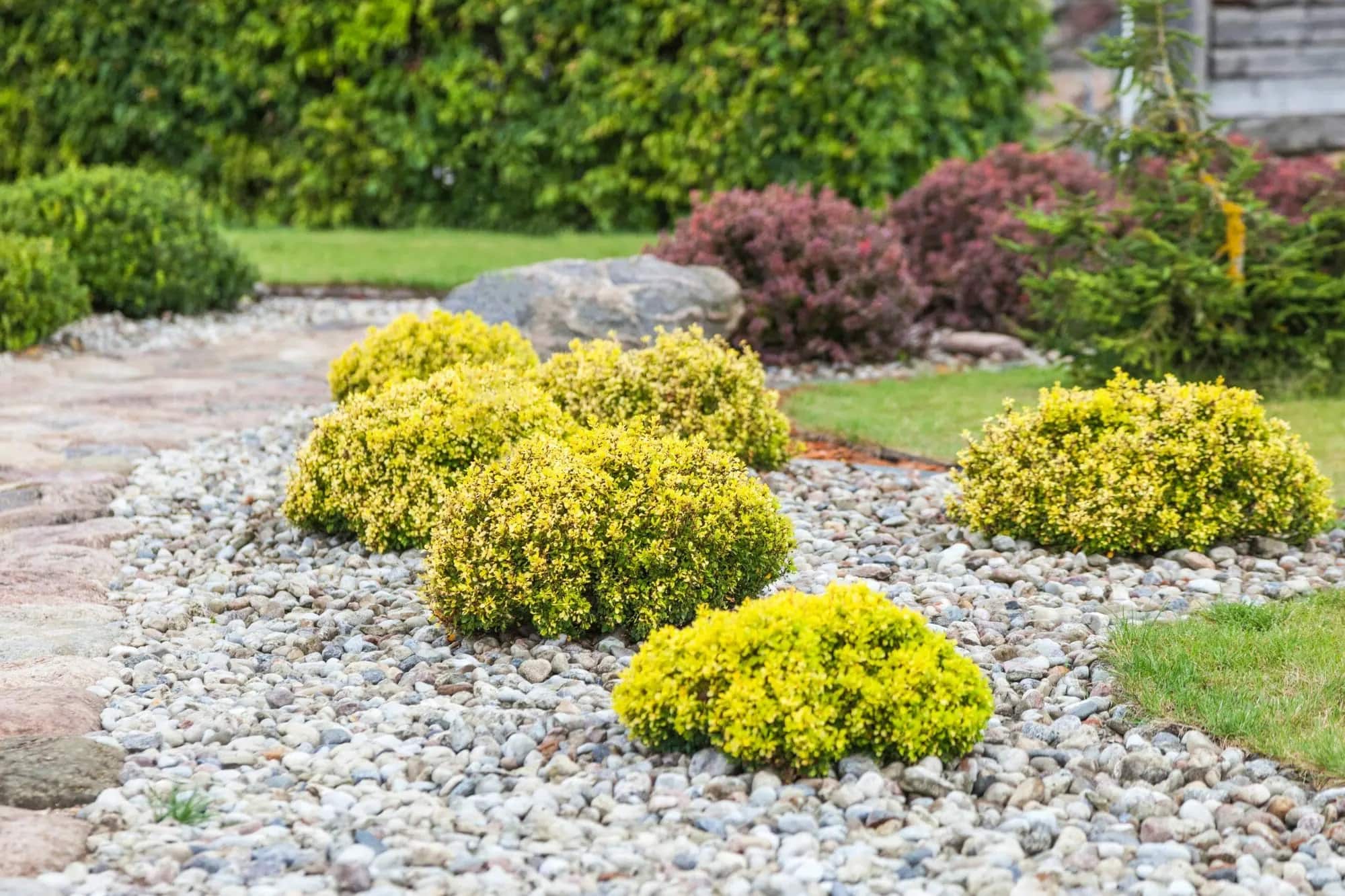
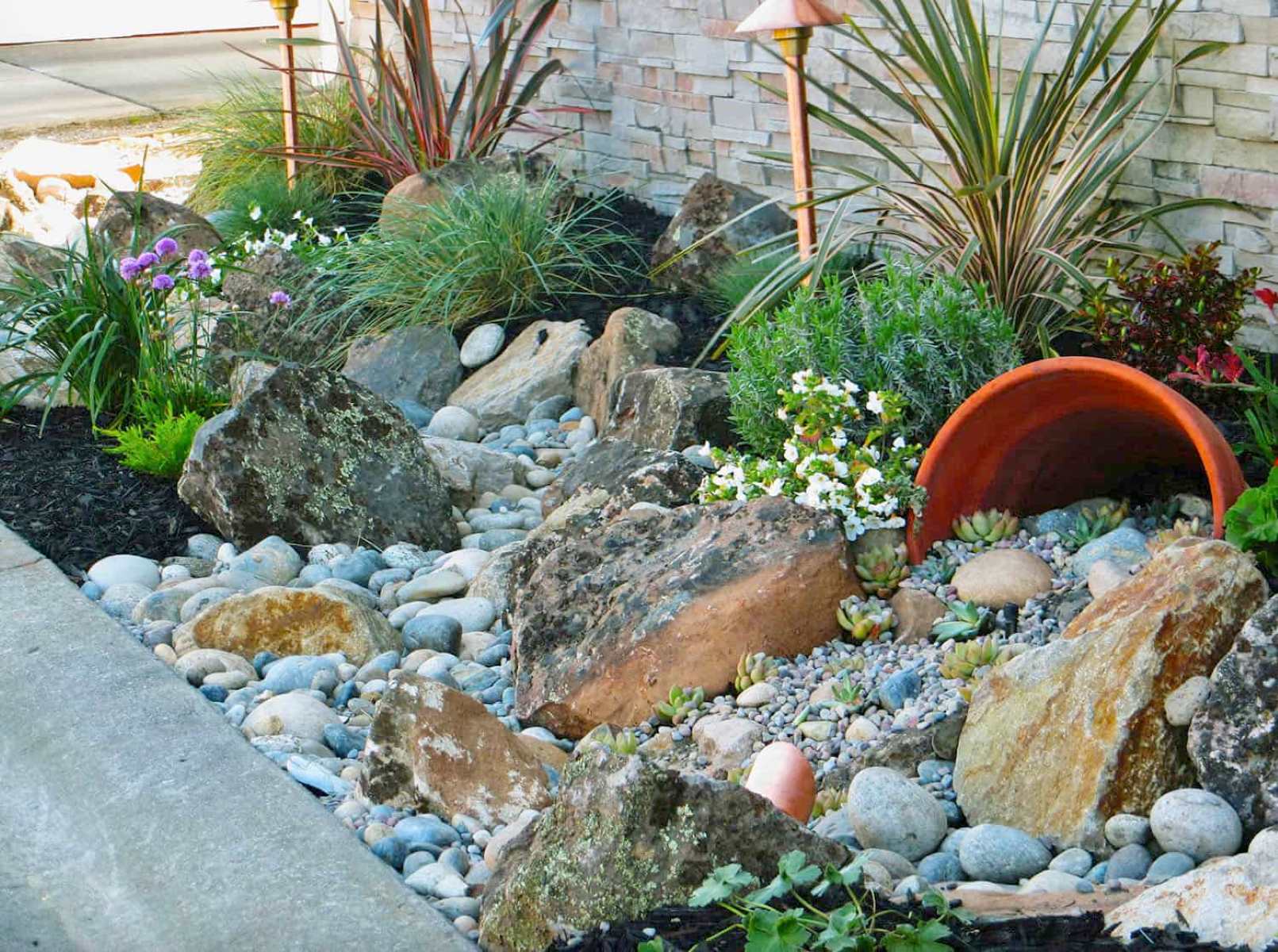
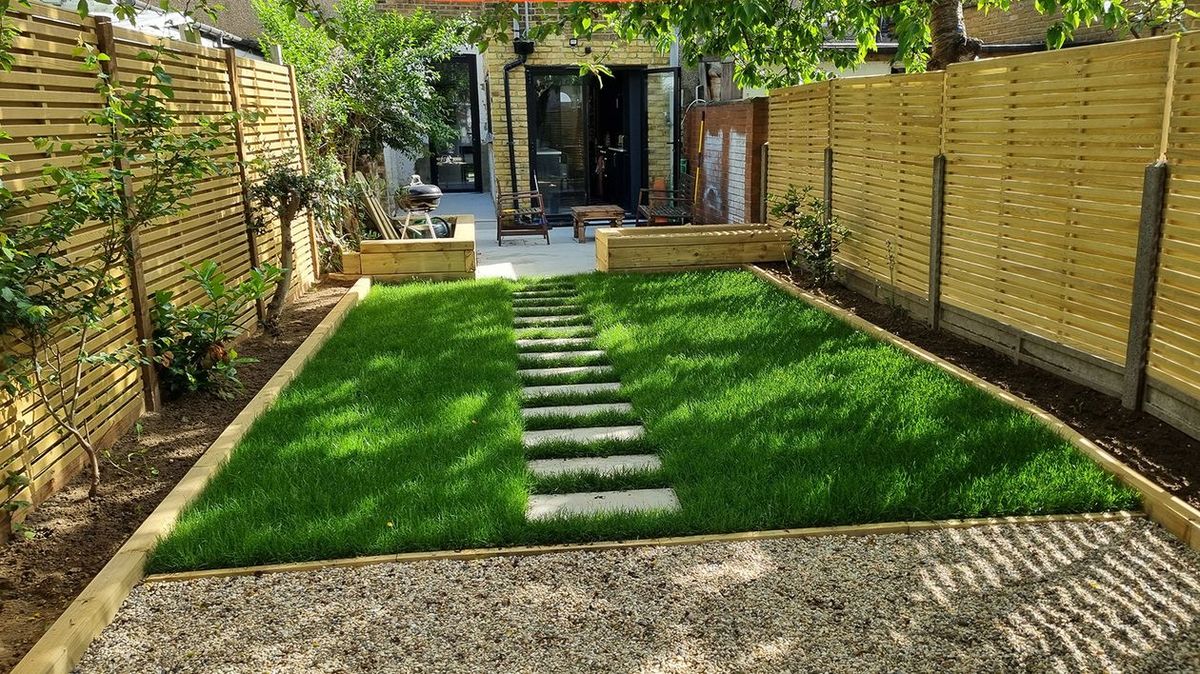
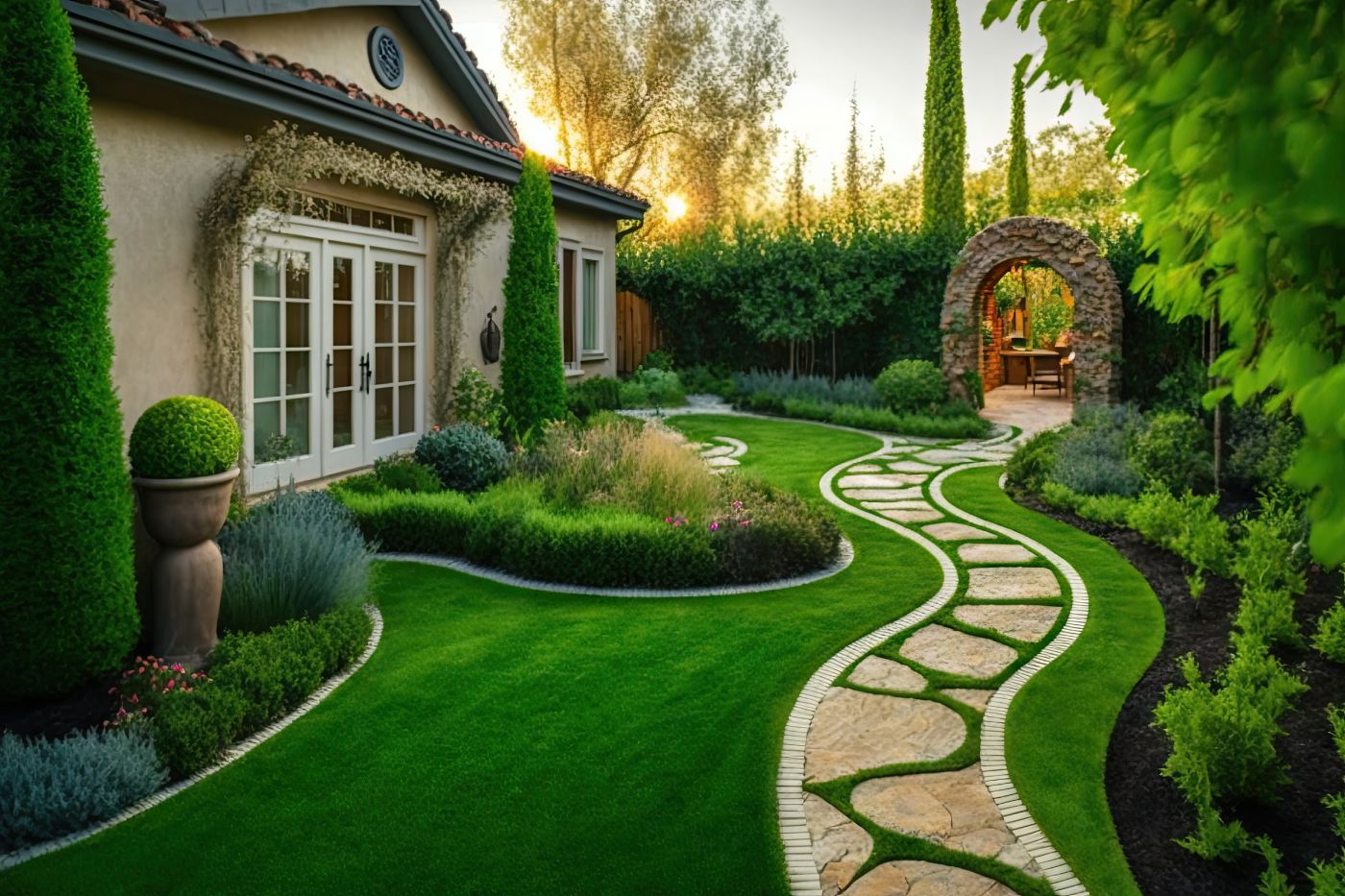
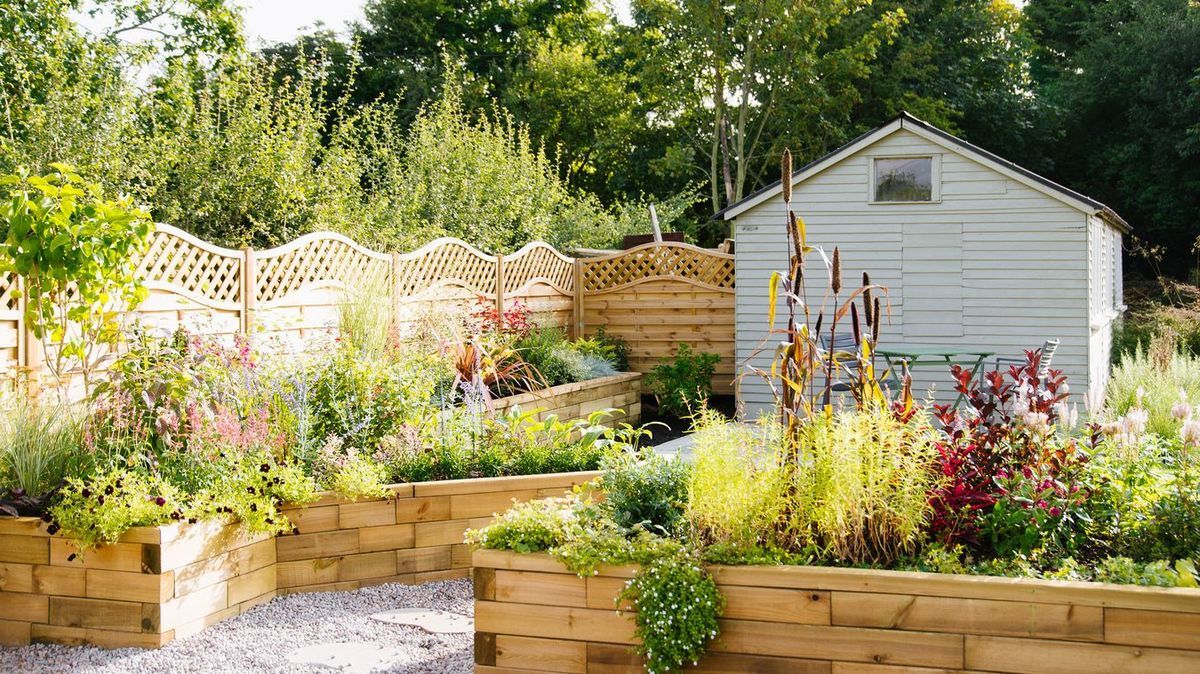
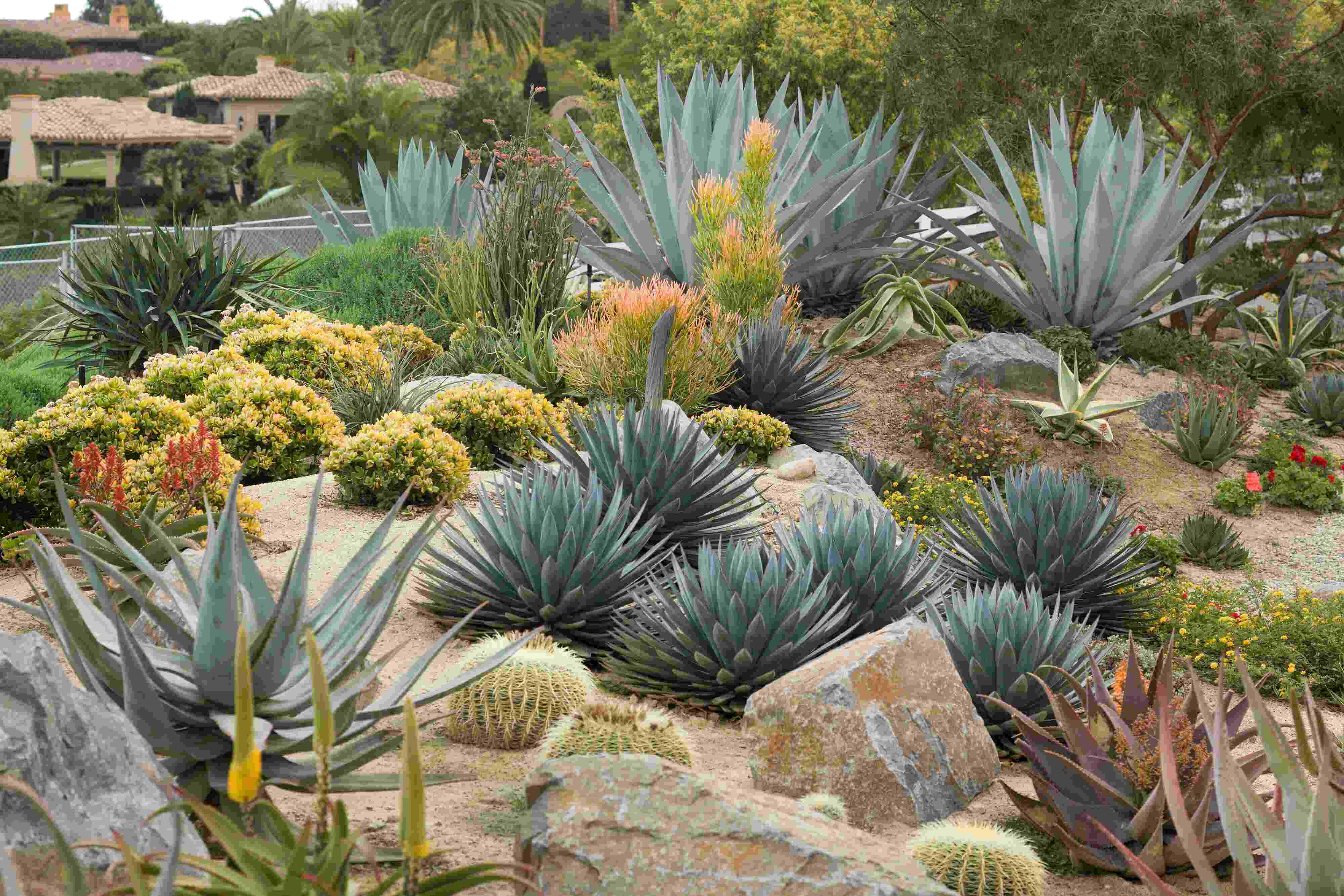
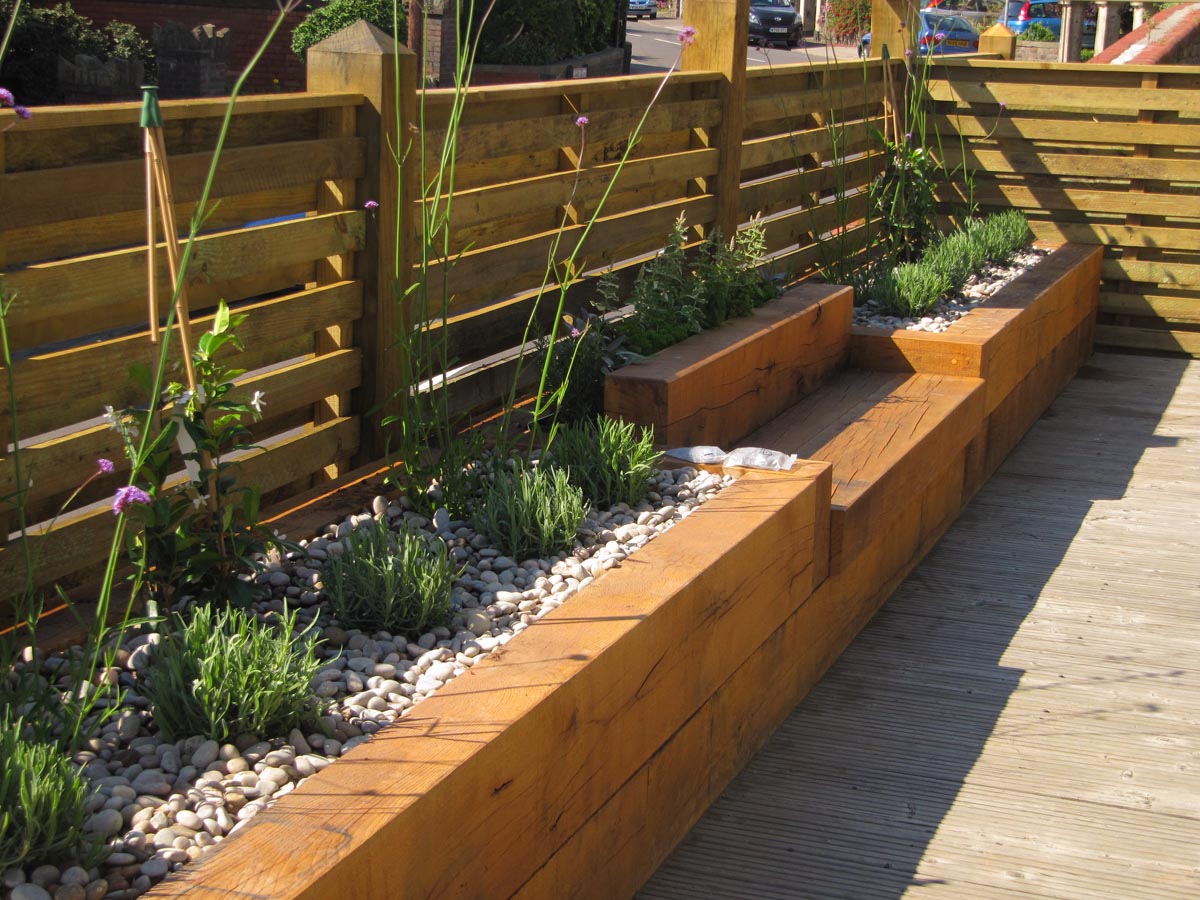
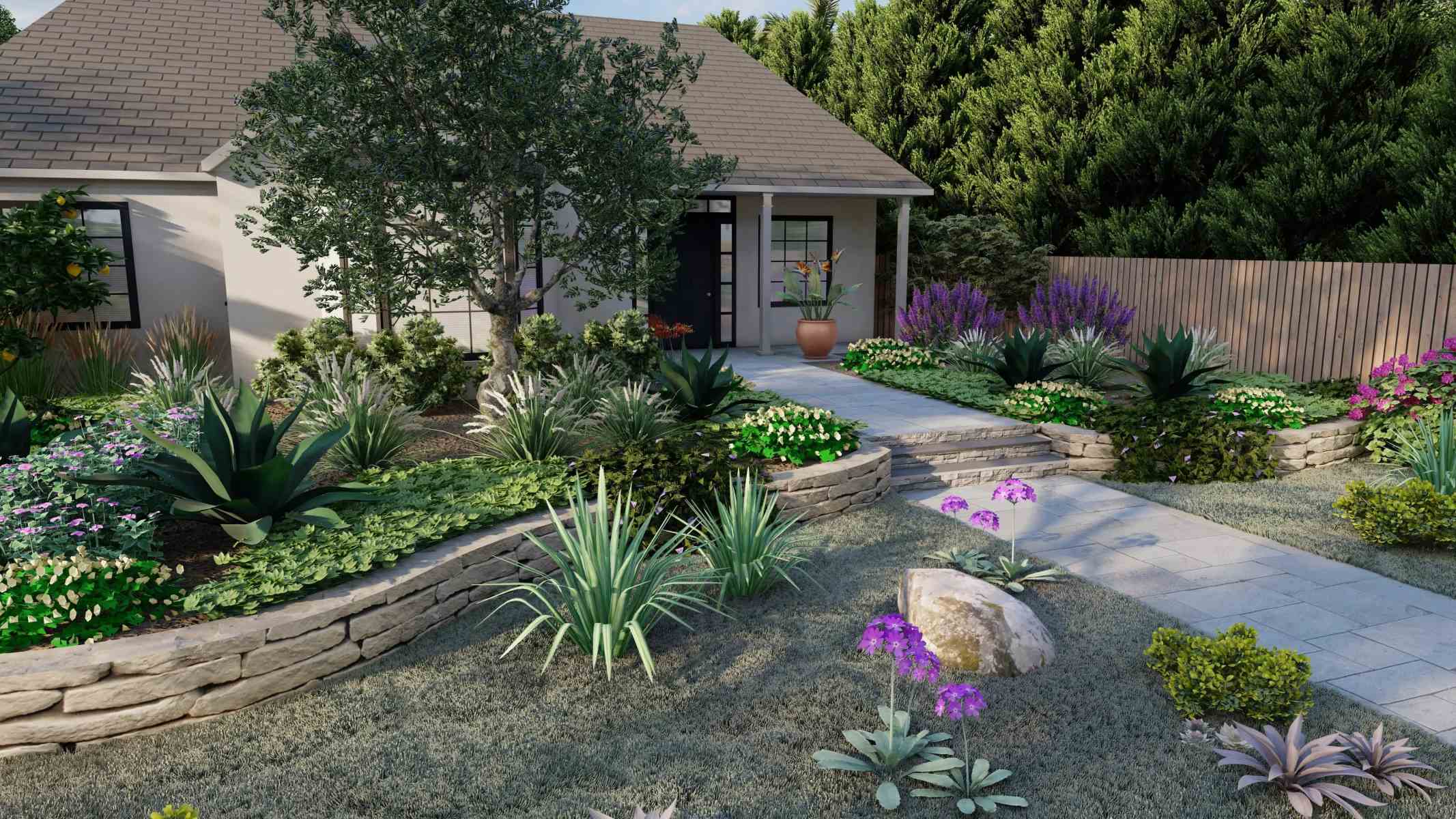
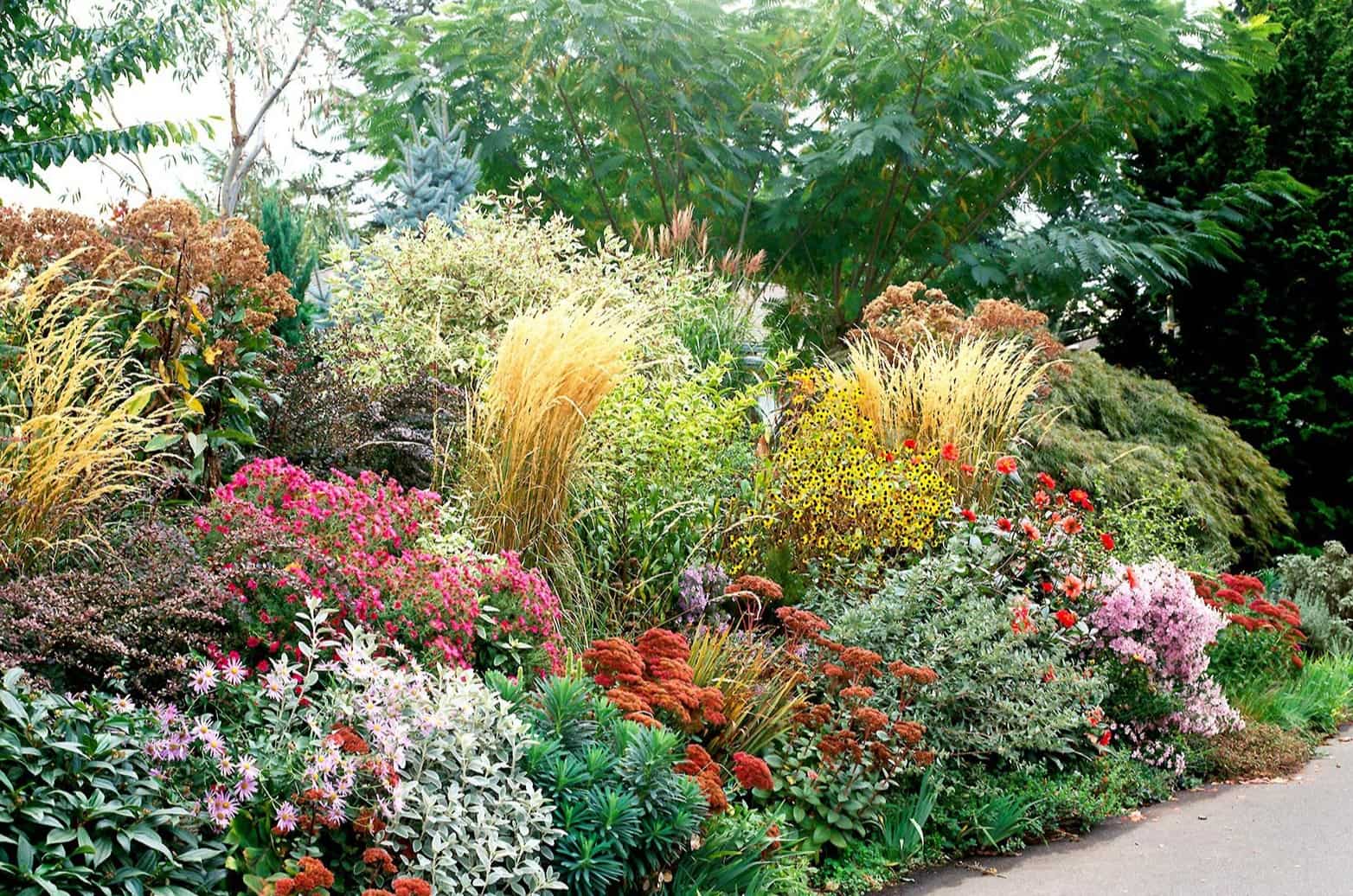
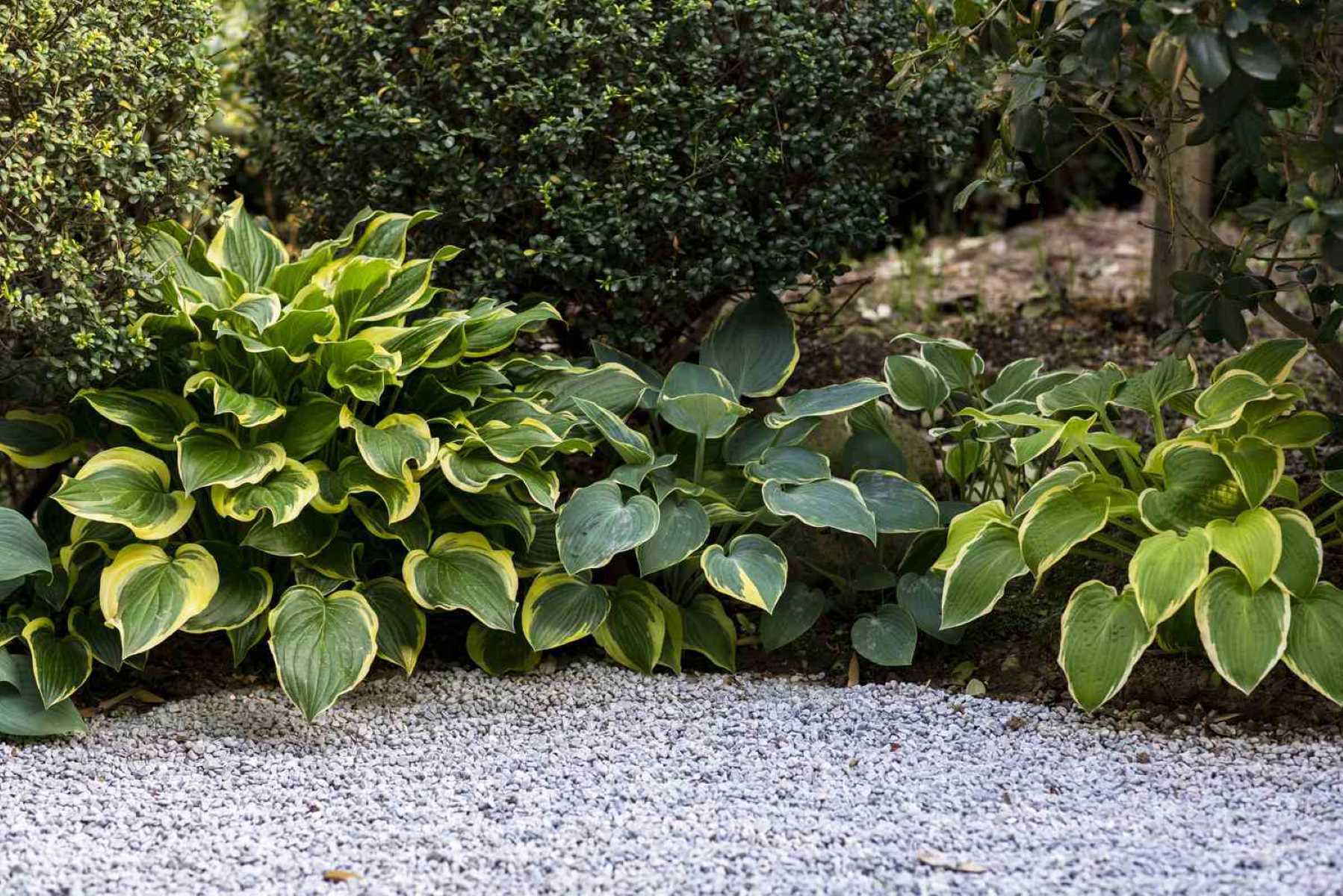
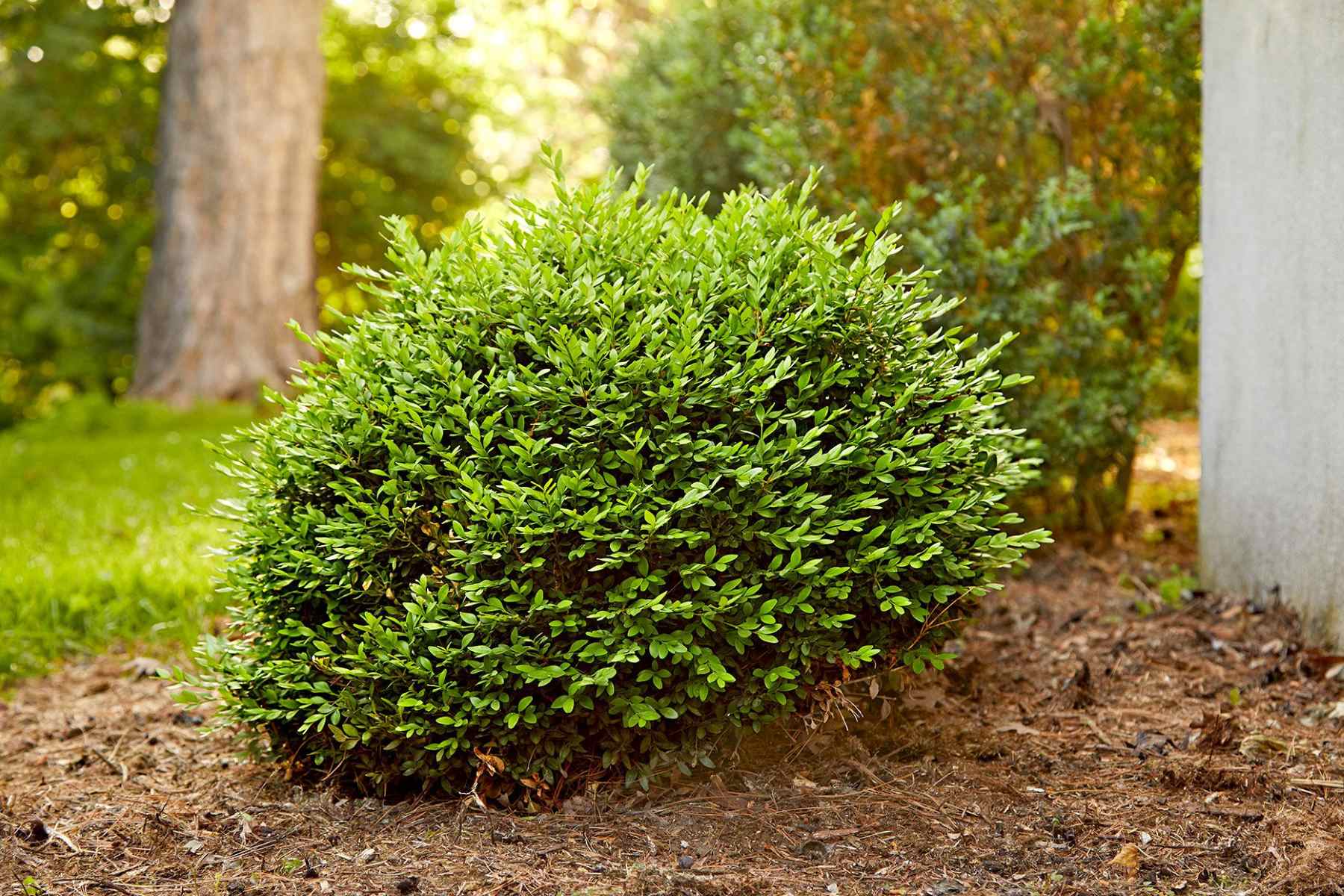
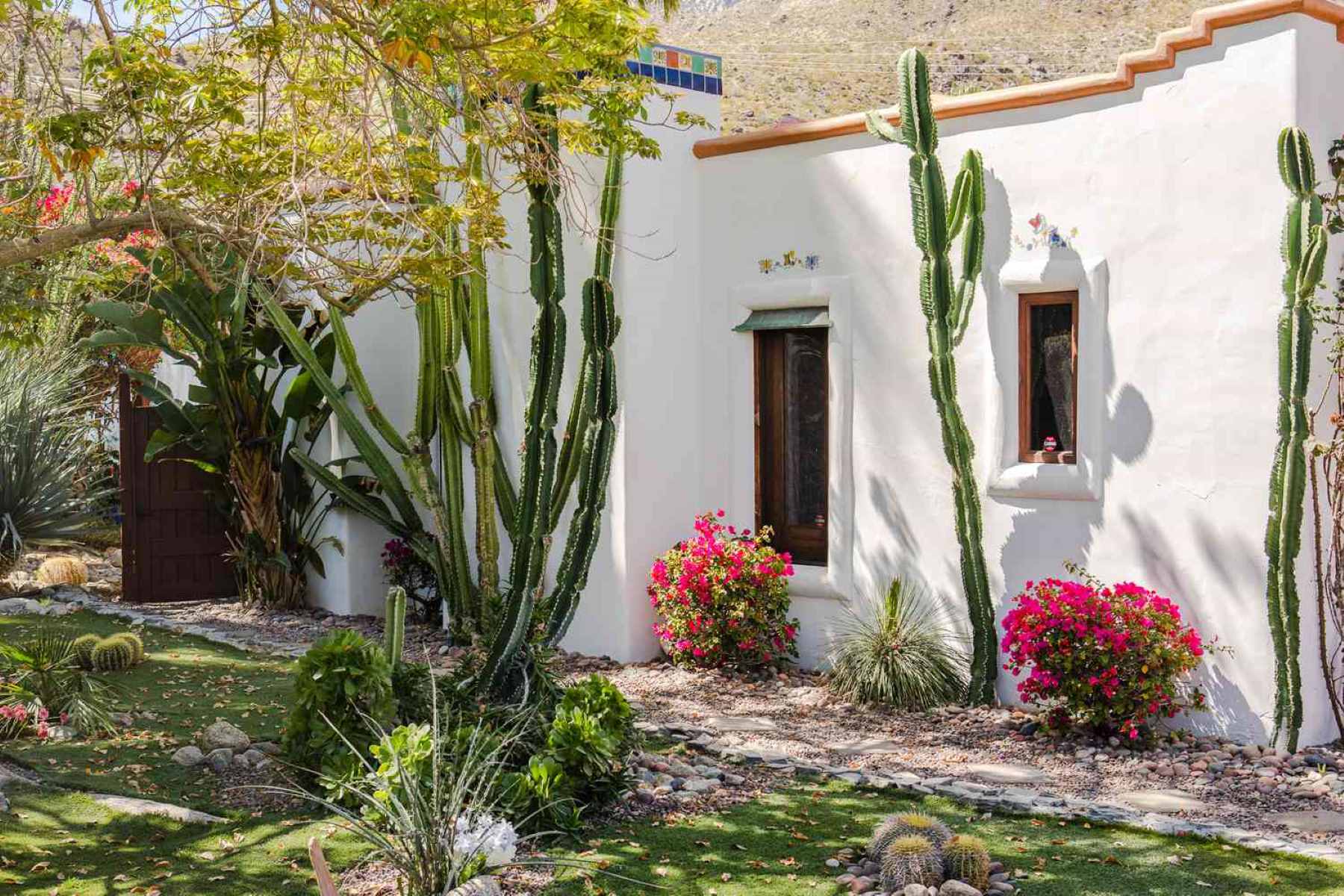
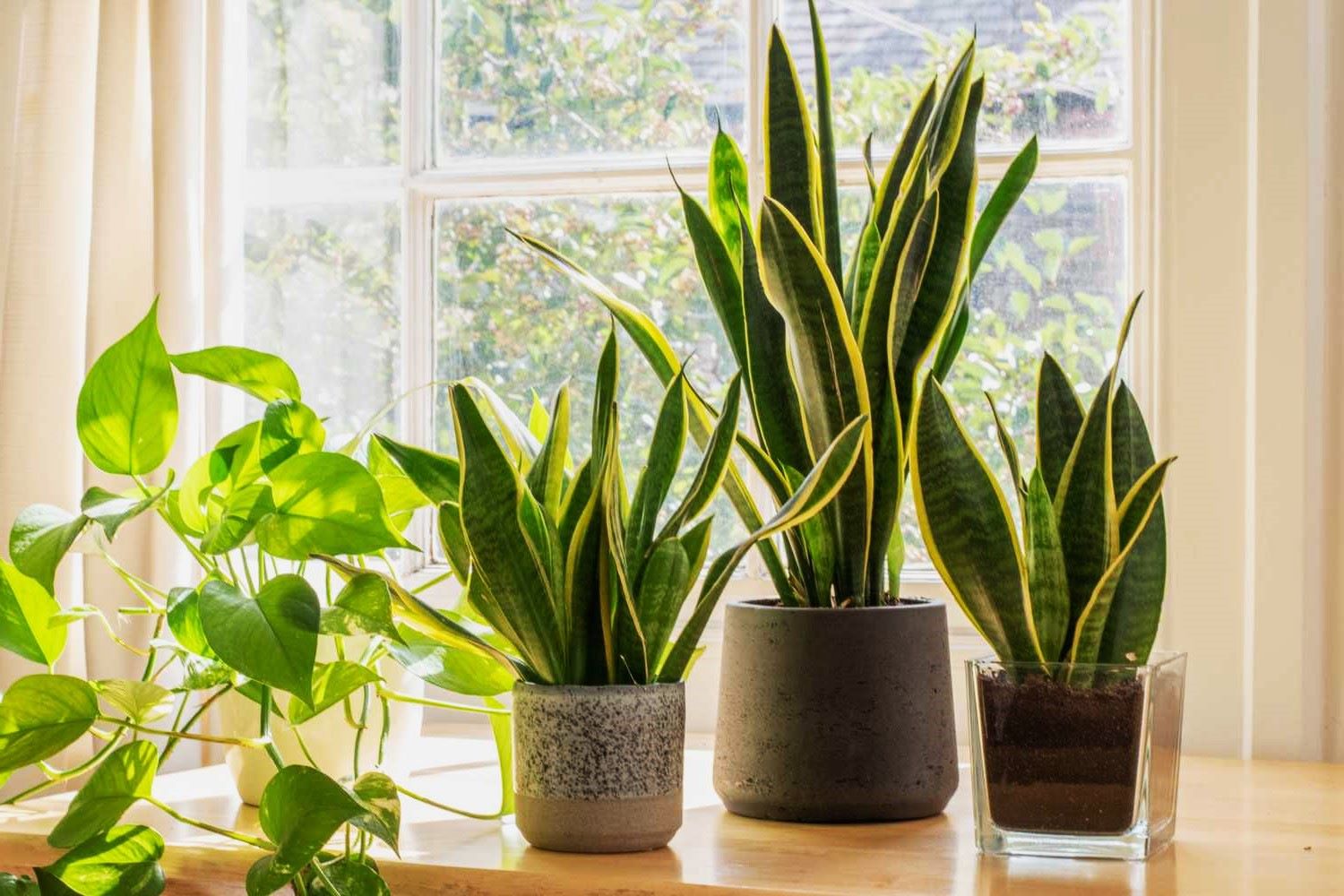
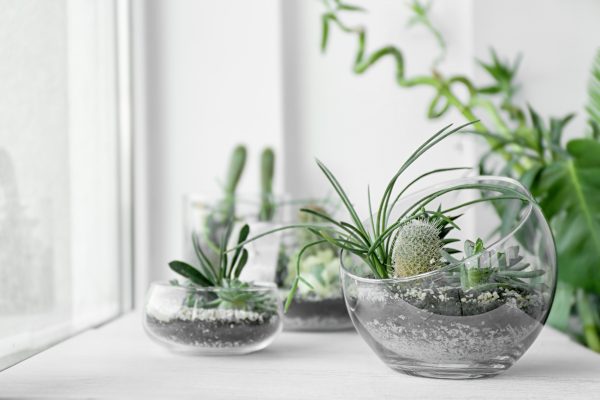
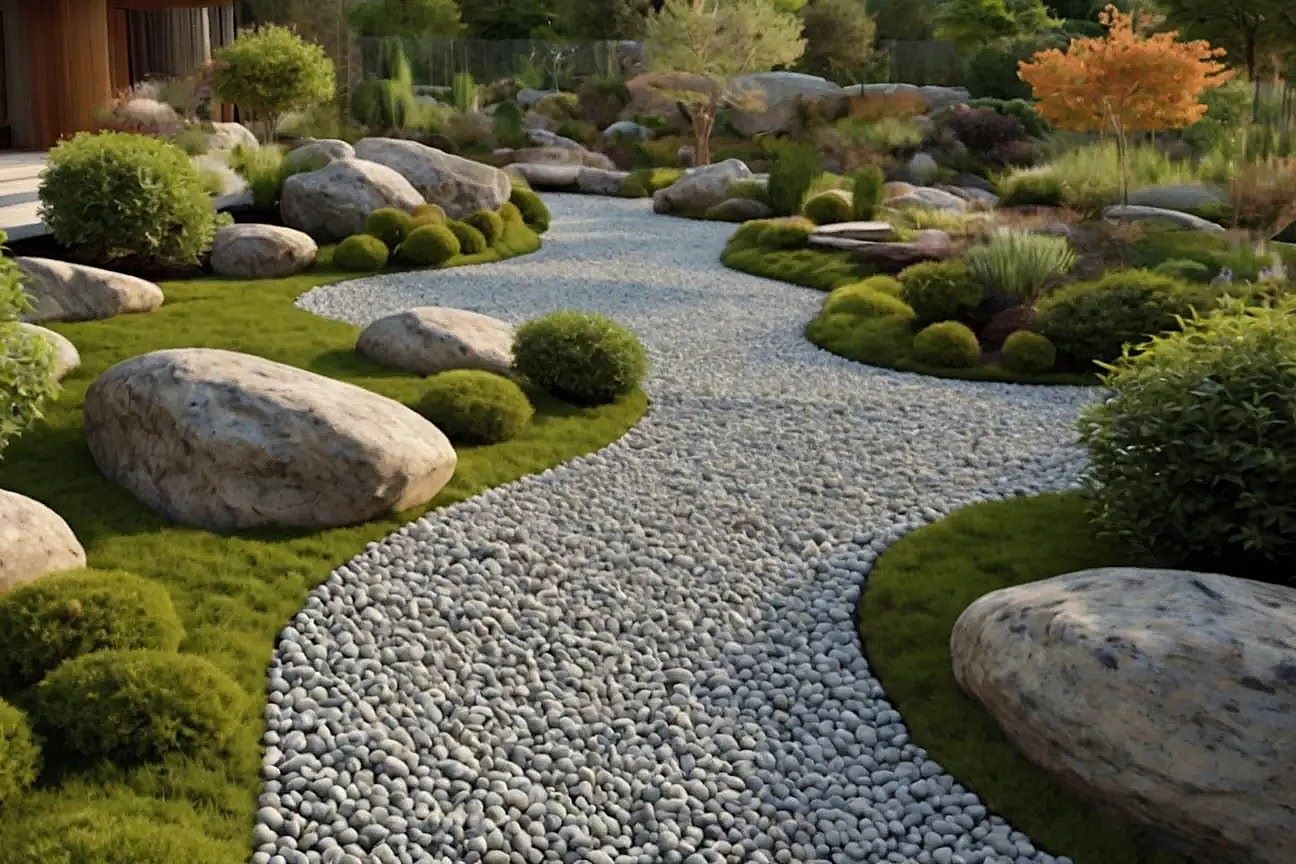
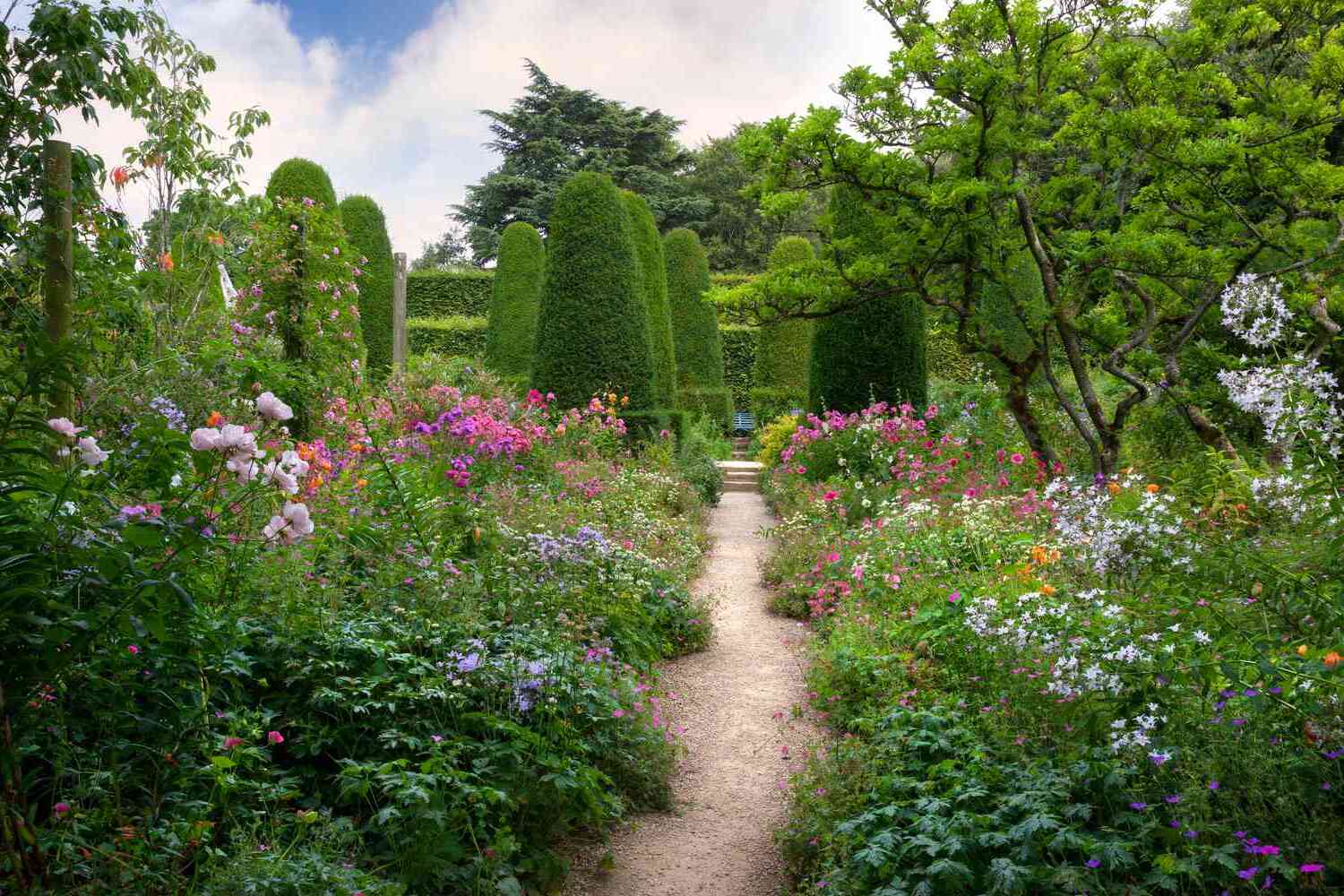

0 thoughts on “How To Design A Low-Maintenance Container Garden”